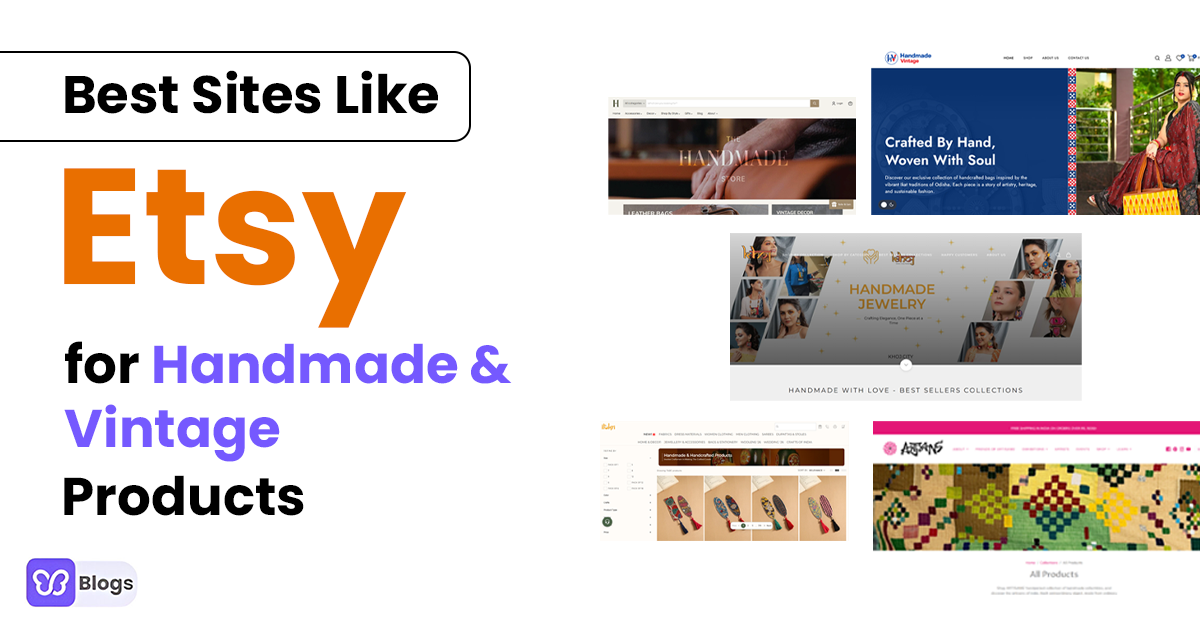Your website should be ready for the performance marketing campaign. Not just your advertising strategies!
It's essential because you'll need to have a well-functioning website to achieve the results you desire. You need to do several things to improve your website and ensure its efficiency.
So, your website should align with your campaign goals. Say you want to generate leads. You have to place the signup form strategically on your eCommerce store.
Here are some things to consider when optimizing your website...
1. Update your CTAs
Since you have set new goals for your performance marketing campaign, your CTAs or calls-to-action should work with them.
For example, your campaign goals are to increase sales. Your CTAs must have a sense of urgency if you want to convert more visitors into customers.
Remember, CTAs prompt the following actions of your customers. If you want them to signup as your lead, tell them. That's one way to achieve your campaign goals.
2. Make the checkout process easier
Your checkout page should be convenient for potential customers.
Why? Because more customers will transact with you. They might abandon their shopping carts if your checkout page is complicated to use...
So, how to build a high-converting checkout page? Here are a few ideas:
- Have a mobile-responsive checkout page
- Consider having a single checkout page
- Allow guest checkout options
Having an easy checkout process can boost your online sales and achieve your eCommerce performance marketing goals.
3. Update the web content
Another critical element to consider is updating your website's content. Check if the content is still high-quality, relevant, and engaging.
You must update the images, broken links, blog posts, product descriptions, and more. Ensure your content aligns with your target audience's interests, needs, and brand identity.
4. Make it mobile-friendly
Your website needs to be mobile-friendly. So, this is one of the things you need to check if working correctly.
This is because more people are now using their smartphones for shopping, scrolling through social media apps, and more.
And you want your website to be mobile-friendly if they come across your ads, posts, and other online content.
Additionally, it's crucial to ensure your website loads fast. A slow website is a no-no! This is so your potential customers will have a smooth experience with your website.
5. Optimize for SEO
Search engine optimization is crucial for your website. Because through SEO, you can increase the visibility of your eCommerce site.
You can optimize your website for search engines by using relevant keywords in your niche, editing the meta tags, and building backlinks from credible websites.
6. Display customer reviews strategically
Before they transact with your eCommerce website, customers need to read reviews, so they know what others say about your products. That's how important customer reviews are.
And so, it's crucial to place them strategically on your website. But before anything else, you need to collect reviews efficiently.
That's where Debutify Reviews can help you. It will manage and collect reviews for you on autopilot so that you can strengthen your social proof.
If you generate more reviews, you can display more! And you can gain more customers.
So, ensure your website is ready when implementing your eCommerce performance marketing strategies.
Because if your website doesn't perform well, it might affect the result of your campaign. And now, you can...











